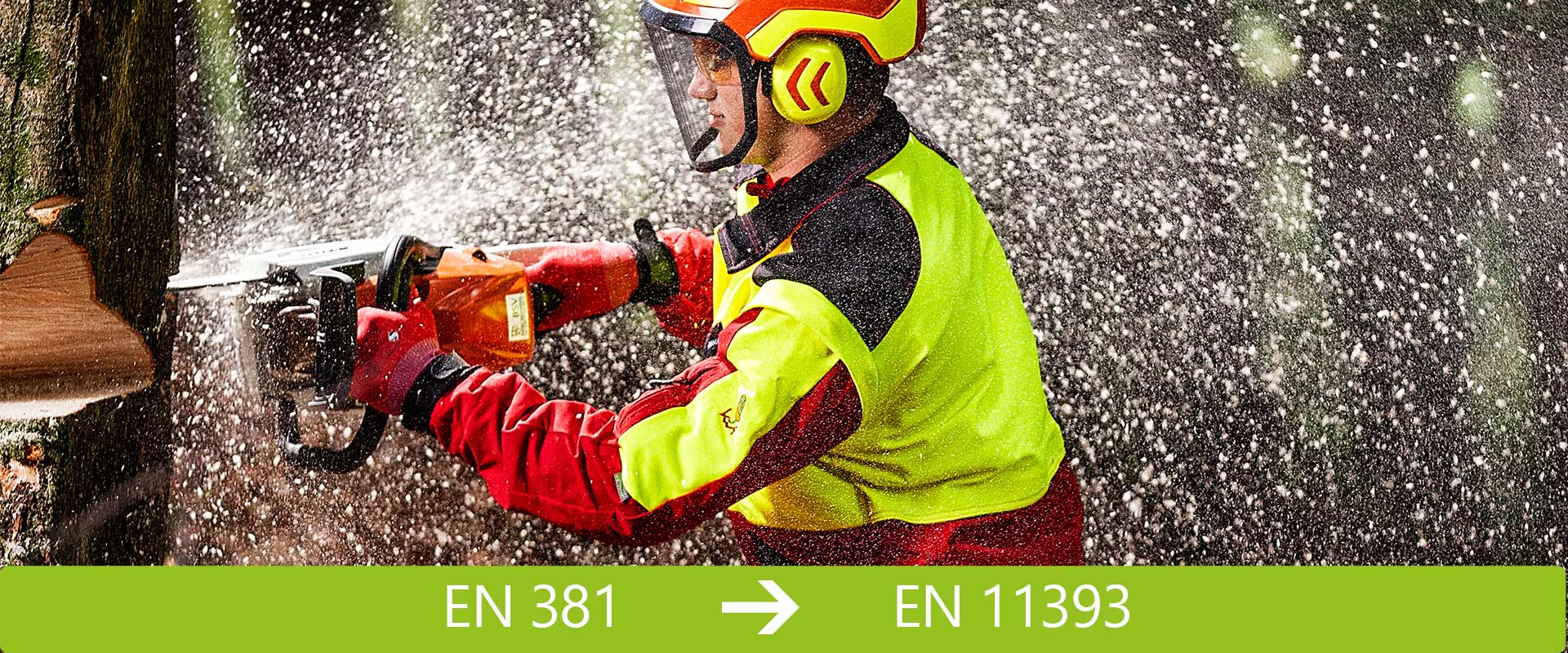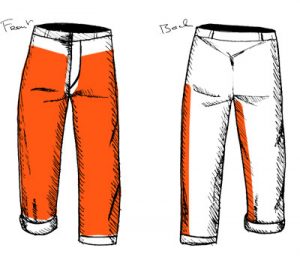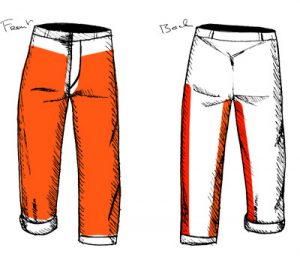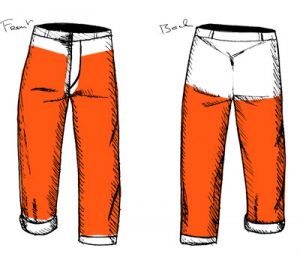In recent years, the well-known European standard EN 381 has been completely revised. These changes have been incorporated into the new standard EN 11393, which will replace the old one. It defines the “protective clothing for users of hand-held chainsaws”. Of course, the changes first affect manufacturers and in a second step dealers. But there are also some interesting changes for users.
What does EN 11393 specify?
The chainsaw protection standard is divided into different subtopics, each dealing with different parts of chainsaw protection clothing and chainsaw protection shoes:
- Part 2: Performance requirements and test methods for leg protectors
- Part 3: Test methods for footwear
- Part 4: Performance requirements and test methods for protective gloves
- Part 5: Performance requirements and test methods for protective gaiters
- Part 6: Performance requirements and test methods for upper body protectors
It also defines the protection classes in part 1 “test rig for testing resistance to cutting by a chainsaw”. These indicate the chain speed up to which the clothing must protect:
- Class 0: 16 m/s chain speed
- Class 1: 20 m/s chain speed
- Class 2: 24 m/s chain speed
- Class 3: 28 m/s chain speed
What has changed from EN 381 to EN 11393?
In the new standard, some parts have been combined, so that EN 11393 has significantly fewer subheadings than EN 381, and the guidelines for classification into the different protection classes have been adapted. The associated test procedure has also changed. The prescribed tests for classification are more detailed. Manufacturers must not only test an average standard size (e.g. size L). Extreme sizes such as XS or XXL must now also be tested accordingly – because here the area of the chainsaw protection is smaller or larger compared to the average.
An important change for users
One of the most interesting adjustments is probably the leg protection. In EN 381-5 three different types are defined: type A, B and C. Type A is the standard in arboriculture and forestry and is intended for users who regularly work with a chainsaw. Type C is intended for users who only use a chainsaw irregularly or in exceptional situations. Type B is a mixed form and has basically not been accepted in the field.
-
EN 381-5: Type A
Image: SIP Protection
-
EN 381-5: Type B
Image: SIP Protection
-
EN 381-5: Type C
Image: SIP Protection
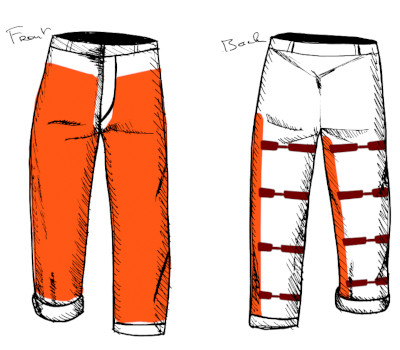
EN 11393-2: Design B
Image: SIP Protection
It is not surprising that type B has been dropped in the new standard EN 11393-2 and replaced by a completely new design B – the chaps style. The advantage of chaps: They can be easily pulled over any normal work trousers. Therefore, the chainsaw protection is quickly at hand when it is needed. But it can be removed just as quickly when the chainsaw is no longer in use.
No need to change trousers or continue working with the stiff, heavy chainsaw protection trousers. This is a decisive advantage especially in tree care and tree climbing – for tasks that require only occasional use of the chainsaw.
SIP Protection: Roadrunner Chaps according to EN 11393-2
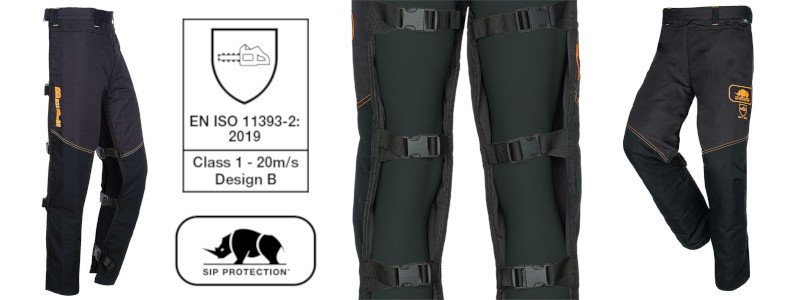
SIP Protection: Roadrunner Chaps
More articles on the Freeworker Blog
- Chainsaw protection shoes: Which are suitable for tree care?
- Chainsaw protection trousers: What should you consider when choosing?

